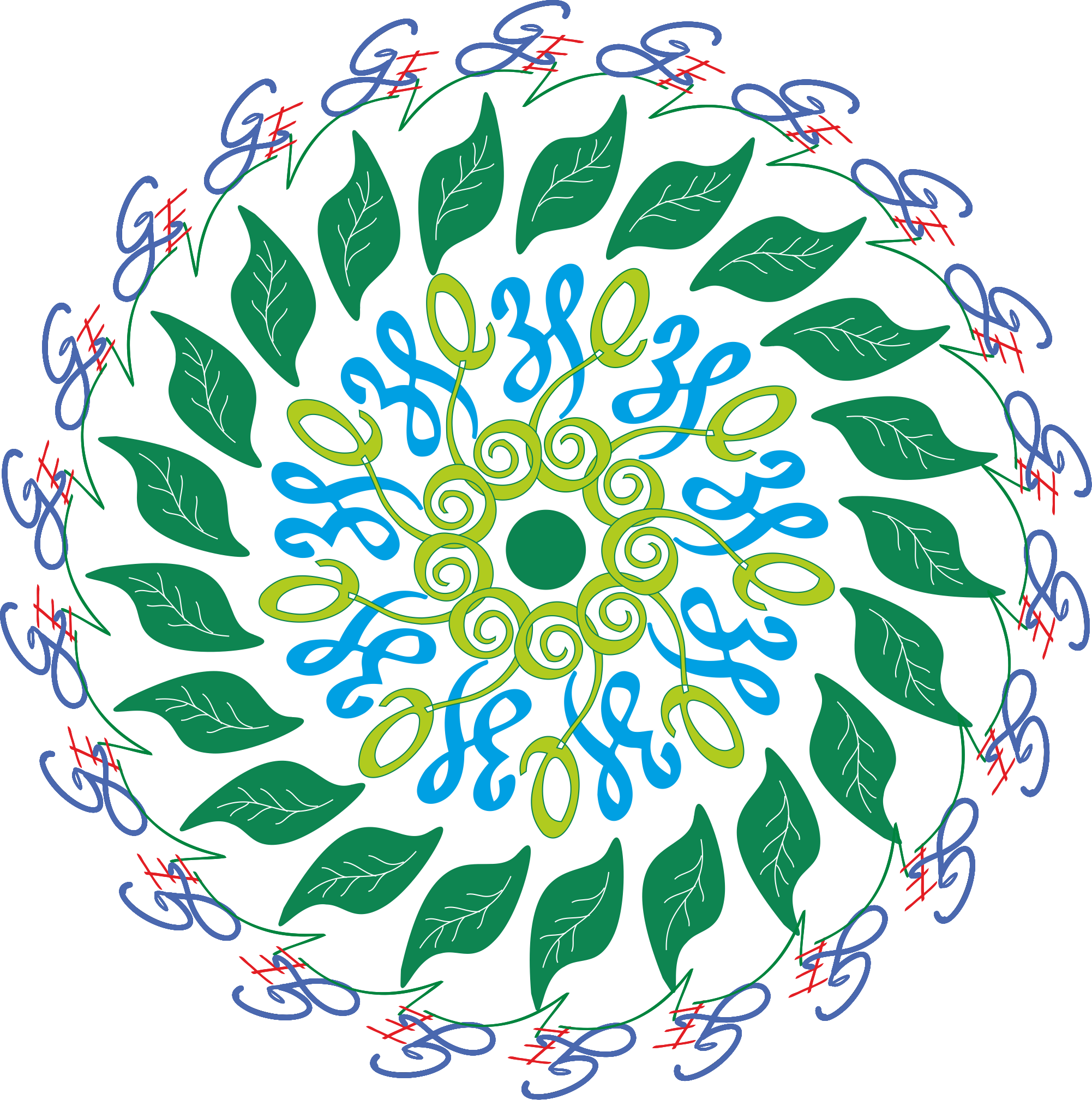Hardness usually reflects the capacity of water to react with the soap such as forming a lather. Soft water forms a good amount froth while in hard water for froth formation requires considerable quantity of soap. Hardness not caused by a single substance but due to the various dissolved polyvalent metallic ions such as calcium and magnesium predominantly. Other cations include barium, iron, manganese, strontium and zinc. Hardness caused by the multivalent ions present in carbonate and non-carbonate forms. Hardness can be thus classified in carbonate and non-carbonate hardness. Carbonate hardness is known as temporary hardness while non-carbonate hardness as permanent hardness.
As specified multivalent cations causes the hardness in water. The chief source of water is usually surface and sub-surface water. The dissolution of ions from the soil and rocks while flow of water during their runoff cycle. The two main constituents, Calcium and magnesium, are present in sedimentary rocks such as limestone and chalk. Apart from the natural inclusion of cations in water, sources may include industrial wastewater finding way in ground and surface water sources. Further, this are common constituents in food also. Hardness present in water cause changes in taste of water, however, aesthetically acceptable taste responded up to certain extent.
As per the recommendation from World health organization (WHO). Both calcium and magnesium are essential minerals and beneficial to human health in several respects. Inadequate intake of either nutrient can result in adverse health consequences. WHO recommends daily intakes of each element at national and international levels. Further, individuals vary considerably in their needs for and consumption of these elements. Inadequate and excess intake of these constituents has ill effects, thus they should be present in adequate amount in water. In cases, where quantity of these elements is less minerals need to be added. Whereas, softening of water is recommended in hard water typical method used in treatment plant is lime-soda softening.
Hardness is reported in terms unit hardness caused due to calcium carbonate hardness. (mg/L as CaCO3). Methods to test water for the hardness of water is method number 2340 in Standard methods of water and wastewater sample. Indian standard for examination of water for hardness is IS 3025 (Part 21). For general purpose water is classified as soft, moderately hard, hard and very hard. Indian standard for IS 3025 (Part 21). Indian standard specification for drinking water limits hardness in water as 200 and 600 mg/L as CaCO3 as acceptable and maximum permissible in case of absence of alternate source, respectively.
Total permanent water hardness is calculated with the following formula:
Total Permanent Hardness = Calcium Hardness + Magnesium Hardness
The calcium and magnesium hardness are the concentration of calcium and magnesium ions expressed as equivalent of calcium carbonate. The molar mass of CaCO3, Ca2+ and Mg2+ are respectively 100.1 g/mol, 40.1 g/mol and 24.3 g/mol.
Use following calculator for calculation of total hardness.


Wow, a simple hardness of water has so much complications. Amazing!